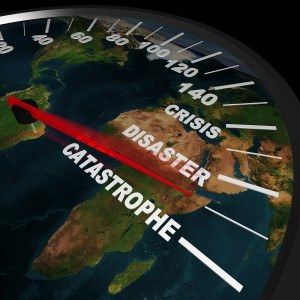

The insurance industry must wake up to the growing cost of “secondary” catastrophe perils, which amounted to more than 60 percent of the $76 billion price tag for insured natural catastrophe losses during 2018, according to Swiss Re Institute’s latest sigma study.
 Secondary perils are defined as small-to-mid-sized events or the secondary effects of a primary peril, said Swiss Re, explaining that they often are not modeled and receive little monitoring by the industry, despite their potential for severity.
Secondary perils are defined as small-to-mid-sized events or the secondary effects of a primary peril, said Swiss Re, explaining that they often are not modeled and receive little monitoring by the industry, despite their potential for severity.
“Insurers need to develop their modelling capabilities to better assess the risk that these perils pose,” said Swiss Re’s sigma report titled “Natural catastrophes and man-made disasters in 2018: ‘secondary’ perils on the frontline.”
To highlight the growing costs of these secondary perils, Swiss Re said, the combined insured losses from natural catastrophes during 2017 and 2018 was US$219 billion, which is the highest-ever total for a two-year period. More than half of that total resulted from secondary perils, the report affirmed.
Last year’s insured loss total of $76 billion was the fourth highest on record, although there were no mega-loss generating events. Swiss Re noted that 62 percent of the overall total was due to secondary perils.
“Large losses from secondary perils are occurring more regularly,” said Edouard Schmid, Swiss Re’s group chief underwriting officer, in a statement. “This is a trend the insurance industry must act on so that we can continue to underwrite catastrophe business sustainably.”
The acceleration in secondary peril losses is due to urbanization and associated development of flood-prone areas along coast lines and on river plains, the report indicated. Other factors include development in areas vulnerable to fire risk, such as the wildland-urban interface, as well as long-term climate change, the report said.
Other findings in the report include:
Source: Swiss Re
*This story appeared previously in our sister publication Insurance Journal.